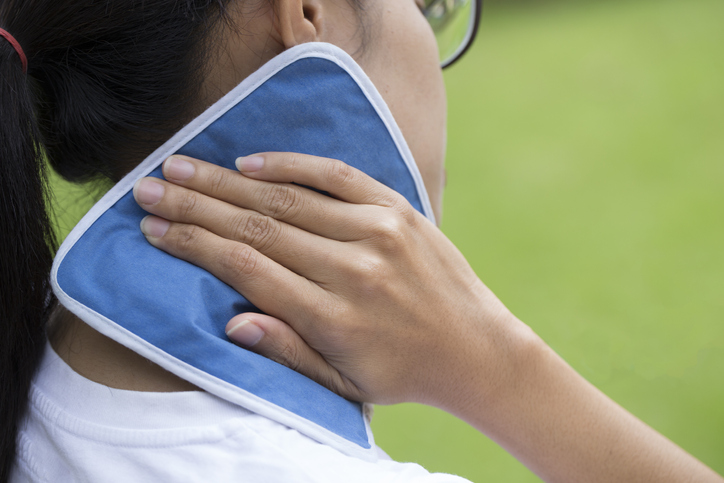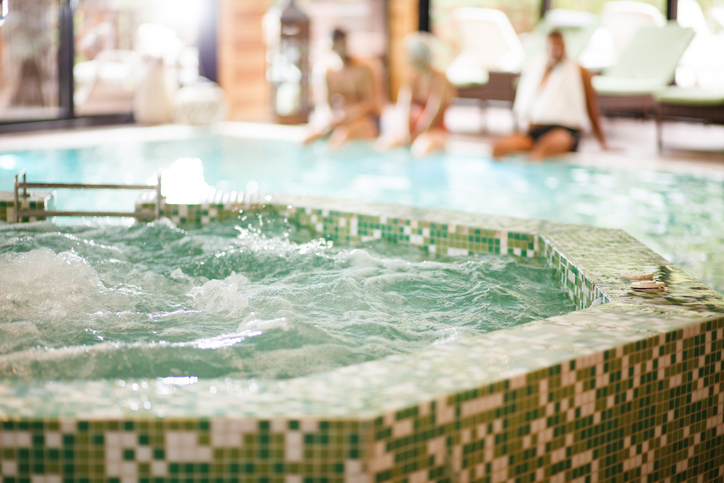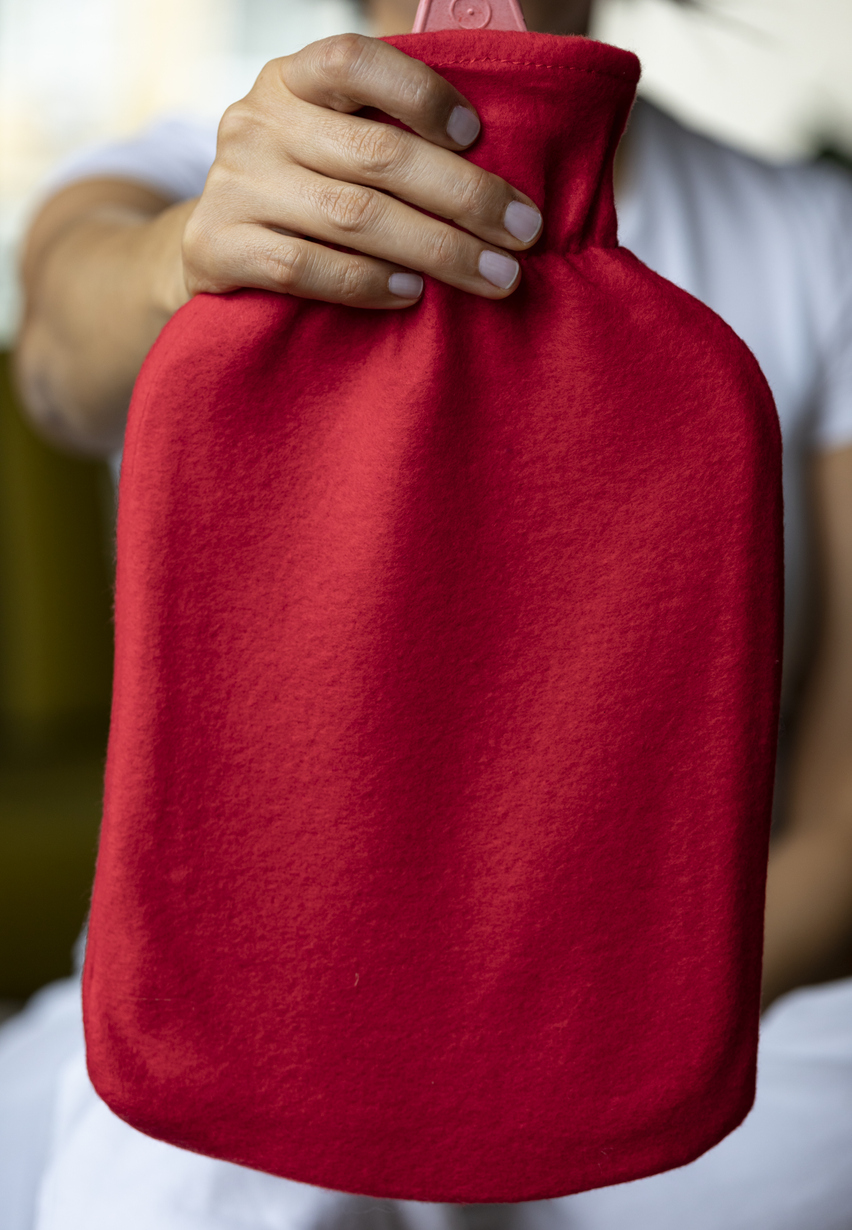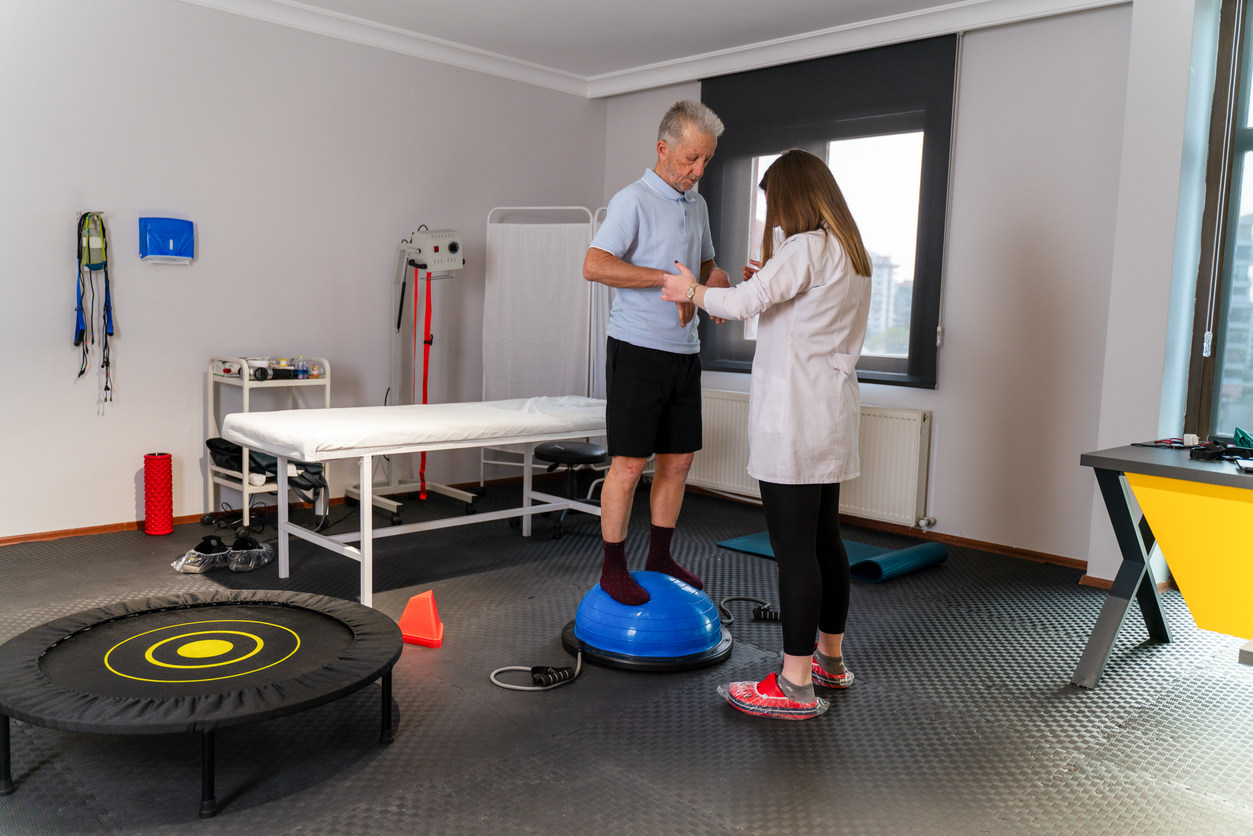Treatments
Heat Therapy to Reduce Pain
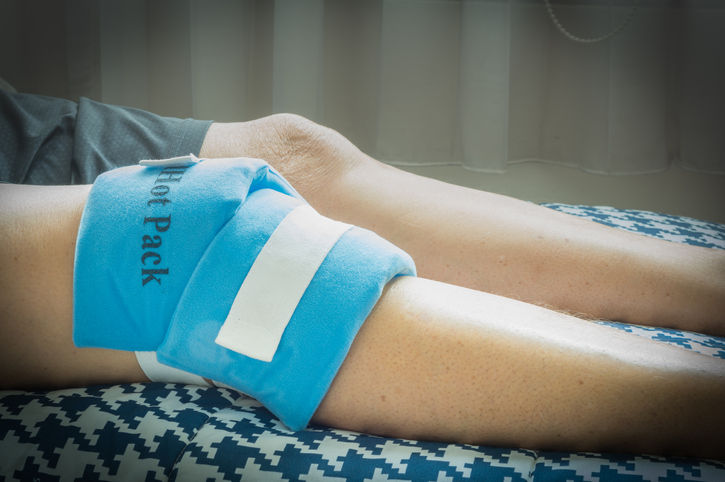
What is heat therapy?
Heat therapy involves the use of heat to reduce pain. It is often used to relax stiff joints and muscles. Heat therapy increases the temperature of the targeted area, improving circulation and blood flow. This can soothe painful joints and increase muscle flexibility.
Types of heat
There are two types of heat that can be used to reduce pain: dry and moist. Dry heat is easy to apply and may include heating pads or heat packs. Moist heat may be more effective and can include hot baths, hot water bottles, or steamed towels.
How heat therapy reduces pain
Heat therapy is an effective, safe, simple, and cost-effective pain relief option. By increasing blood flow, it can promote healing. The role of heat utilized for pain relief includes, but is not limited to, the following:
- Boosted blood flow delivers more oxygen, white blood cells, platelets, and nutrients, which helps damaged tissue heal.
- As the temperature of sensitive nerve endings rise, some pain signals are blocked.
- Heat wraps apply pressure that can activate nerve endings to detect changes in pressure and movement. This can also block the transmission of pain signals to the brain.
- Certain transient receptors become activated with heat, which can relax the muscles and reduce muscle spasms and musculoskeletal pain.
Types of pain that respond to heat therapy
There are various chronic and acute pain conditions that can benefit from heat therapy. A few examples include, but are not limited to, the following:
When to avoid heat therapy
Using heat to treat pain should be avoided in certain situations. If the painful area is bruised and/or swollen, cold therapy is the better option. Heat should not be applied to open wounds. It should also not be used with certain conditions, which include, but are not limited to, the following:
- Deep vein thrombosis
- Dermatitis
- Diabetes
- Multiple sclerosis (MS)
- Vascular disease
Individuals with heart disease, hypertension, or are pregnant should consult a health care professional before using heat therapy,
Risks
Skin may become red while using heat therapy. It is important to let the skin return to the normal coloring before applying heat again. Temperatures should be warm instead of hot to avoid burning the skin. Contact a medical professional if the skin becomes purplish-red, dark red, spotty with red and white color (hives), or if swelling or blisters appear.
